22 Sep Loose Leaf Tea and Wine Comparison
Whether you’ve been a loose leaf tea enthusiast all your life or only recently got into it, you probably have already noticed the parallels that can be drawn between loose leaf tea and wine. To give this topic the spotlight it deserves, we decided to invite Charles Lee from @jiuvinum to share his knowledge on his two areas of expertise: you might have already guessed it – wine and tea.
Charles Lee
I like to define myself as a foodie focused in Chinese cuisine, wines and teas, reflecting my origins and nationalities: I tend to pair everything I eat with either teas or wines, or both. I savour teas since my early childhood, and wines since drinking age. My Chinese family brought me closer to teas and living in France brought me closer to wines. Interestingly when I took oenology courses some years ago (I made it to WSET3 so far, level 4 remains in my plans), I realised how similar they are, what I knew about teas applied to wines, and vice-versa.”
Well, without further ado, let’s list some common points teas we find in either teas or wines:
1. plant species
Both teas and wines come from one single plant species, in the case of wine Vitis Vinifera, in the case of tea Camellia Sinensis


2. cultivation
Both tea trees and vines need at least 3 years of growth in order to be harvested.
3. heritage
Both tea trees and vines may live for over a century resulting in tea leaves or grapes that are scarcer but disclosing richer, more opulent, more concentrated flavours
4. life cycle
Both tea trees and vines follow a similar life cycle: budburst, early shoot, growth, harvest, winter dormancy
5. tea and wine tasting
Both teas and wines have body, tannins and complexity i.e. primary, secondary and tertiary* aromas/flavours
*Primary relate to the leaf or the fruit, secondary to the production process, tertiary to the ageing
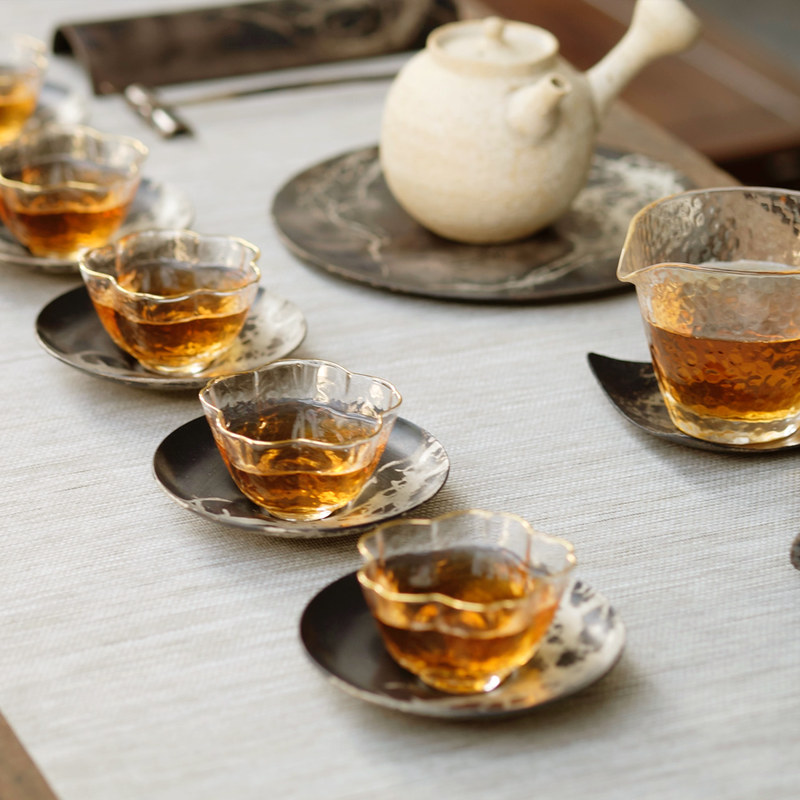
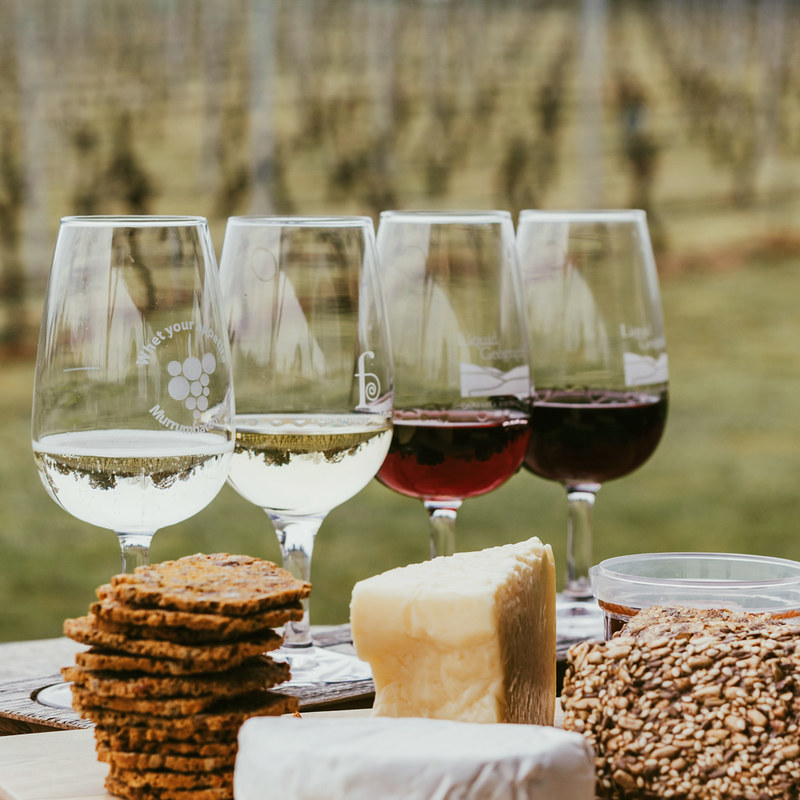
6. origins
Both tea trees and vines are directly impacted by climate and terroir. You can learn how origin impact the flavour of tea in our free “Introduction to Loose Leaf Tea” course.
7. processing
Both teas and wines go through similar steps: cultivation, harvest, production and (optional) ageing.
8. storage and ageing
Both teas and wines evolve over time reaching a peak. Pu erh tea, pictured on the left is said to reach its peak when it’s around 40 years old. Some wines can even be aged for hundreds of years. However, the same rule applies across both drinks: only wines and teas that are considered “premium” truly benefit from ageing. There are lots of rules to follow, to make sure they don’t go bad.
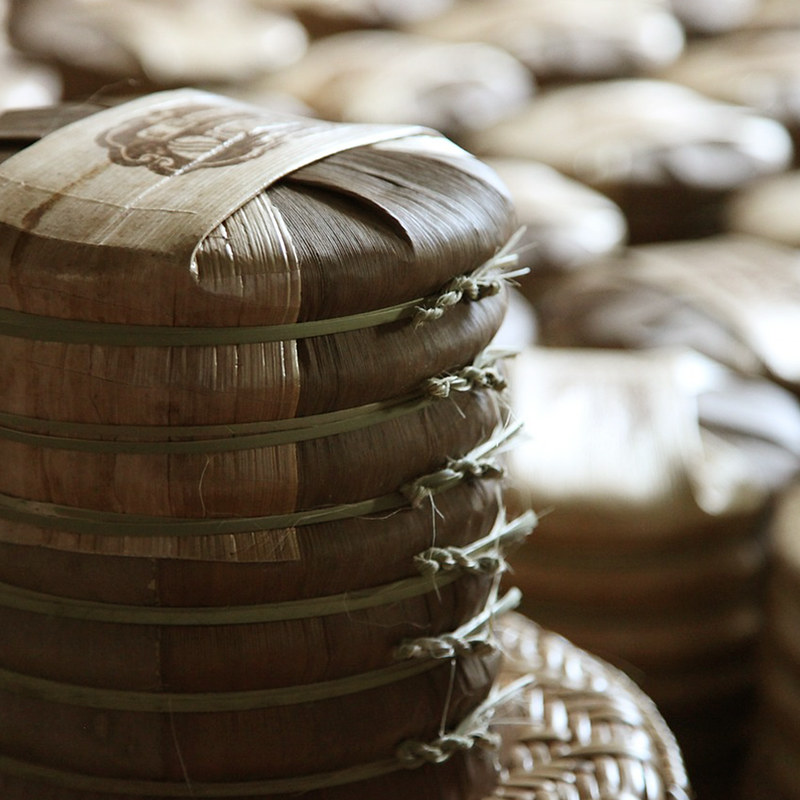

9. similar glossary
Both teas and wines share common terms like vintages, production regions and grands crus
10. food pairings
Both teas and wines pair greatly with food.
Here are a few tips:
1. Black teas pair well with rich foods such red meat or heavy pasta dishes.
2. Green teas go well with salads, mild green curries and light chicken dishes.
3. White teas are best paired with very light foods such as white fish like sea bass or mild cheeses and desserts.
1. The wine should have the same flavor intensity as the food.
2. Red wines pair best with bold flavored meats (e.g. red meat).
3. White wines pair best with light-intensity meats (e.g. fish or chicken).
11. place of birth
Last but not least, both teas and wines originated in China! The first wine grape was elaborated in China by 7000 b.C., and tea was discovered in China 5000 years ago. No wonder both are excellent options with Chinese food!
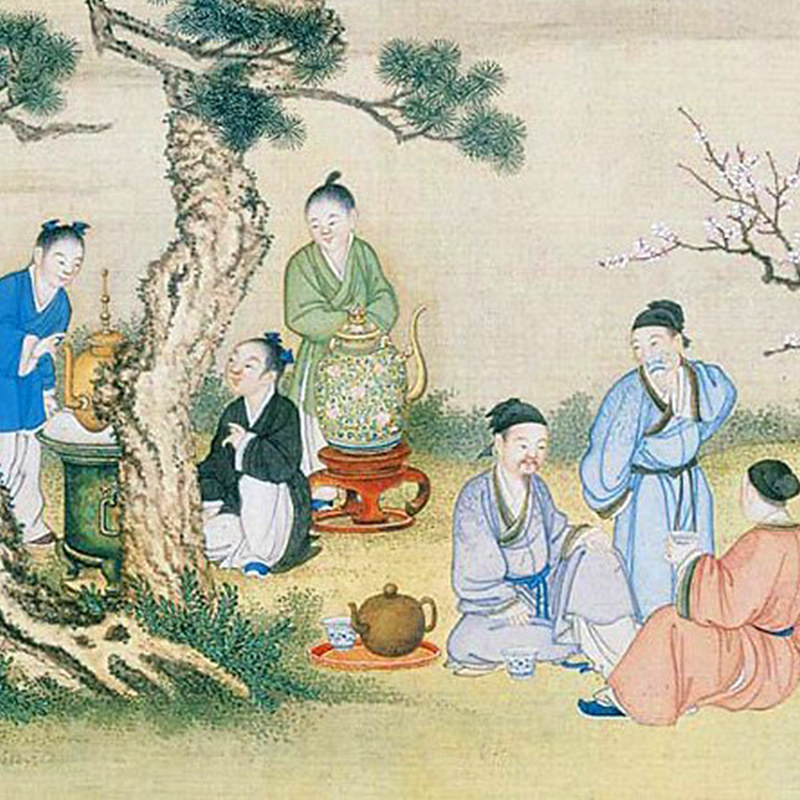

There are countless tea or wine types to explore, and in both cases, you can go through a systematic approach to tasting. Teas or wines may be evaluated by their appearance (intensity, colour), nose (intensity, aroma characteristics), palate (sweetness, acidity/alcohol for wines, astringency/bitterness for teas, tannin, body, flavour intensity, primary/secondary/tertiary flavours, texture, finish), and by analysing such criteria it is possible identify specific appellations or regions, for instance Lonjing green tea, Taiwanese oolong, Bordeaux or Burgundy wine, besides selecting the ideal wine to be paired with certain foods.
I would definitely encourage you to try this systematic approach to tasting: take notes, compare them as you make new tries. The more you practise, the more fun it gets and the more knowledgeable you will get whilst enjoying your favourite teas or wines. I particularly appreciate tea or wine pairing since the principle of pairing is to make both food and beverage taste even better since matching flavours are complementary reinforcing each other. Not that a solo tasting of a tea or a wine is not pleasurable, on the contrary. Just seize the most of your tasting experience! Cheers! Tchin-tchin ! 干杯!
Thanks @teaprouk for the opportunity to speak here. For those interested in Chinese regional cuisines as well as wine and tea pairing, feel free to follow me @jiuvinum and on www.jiuvinum.com.
Charles LEE (李源皡)
酒Vinum™


Teapro co-founder. Favourite tea - Long Jing Dragon Well Green Tea. Obsessed with film, photography and travelling.
- July 27, 2020
- July 8, 2020


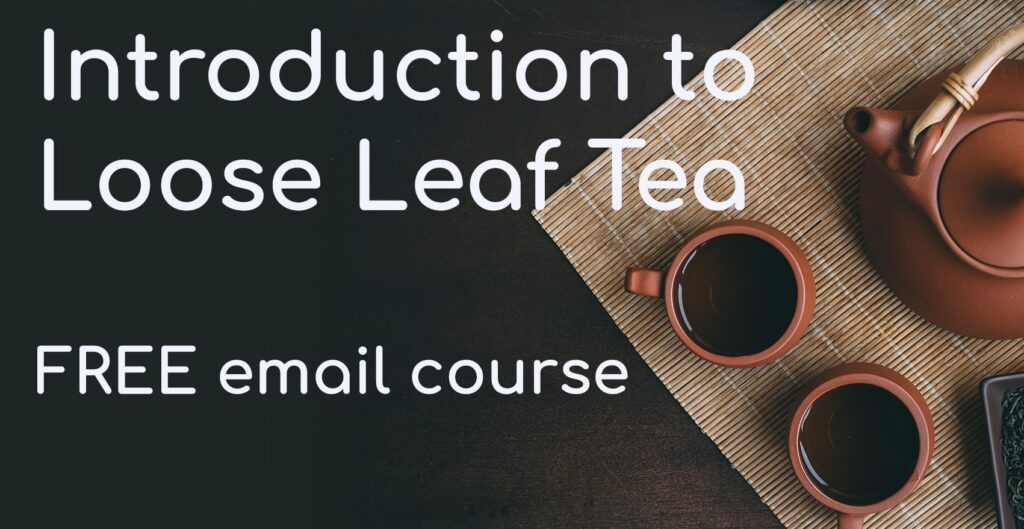
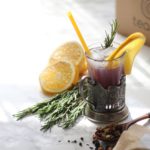

No Comments